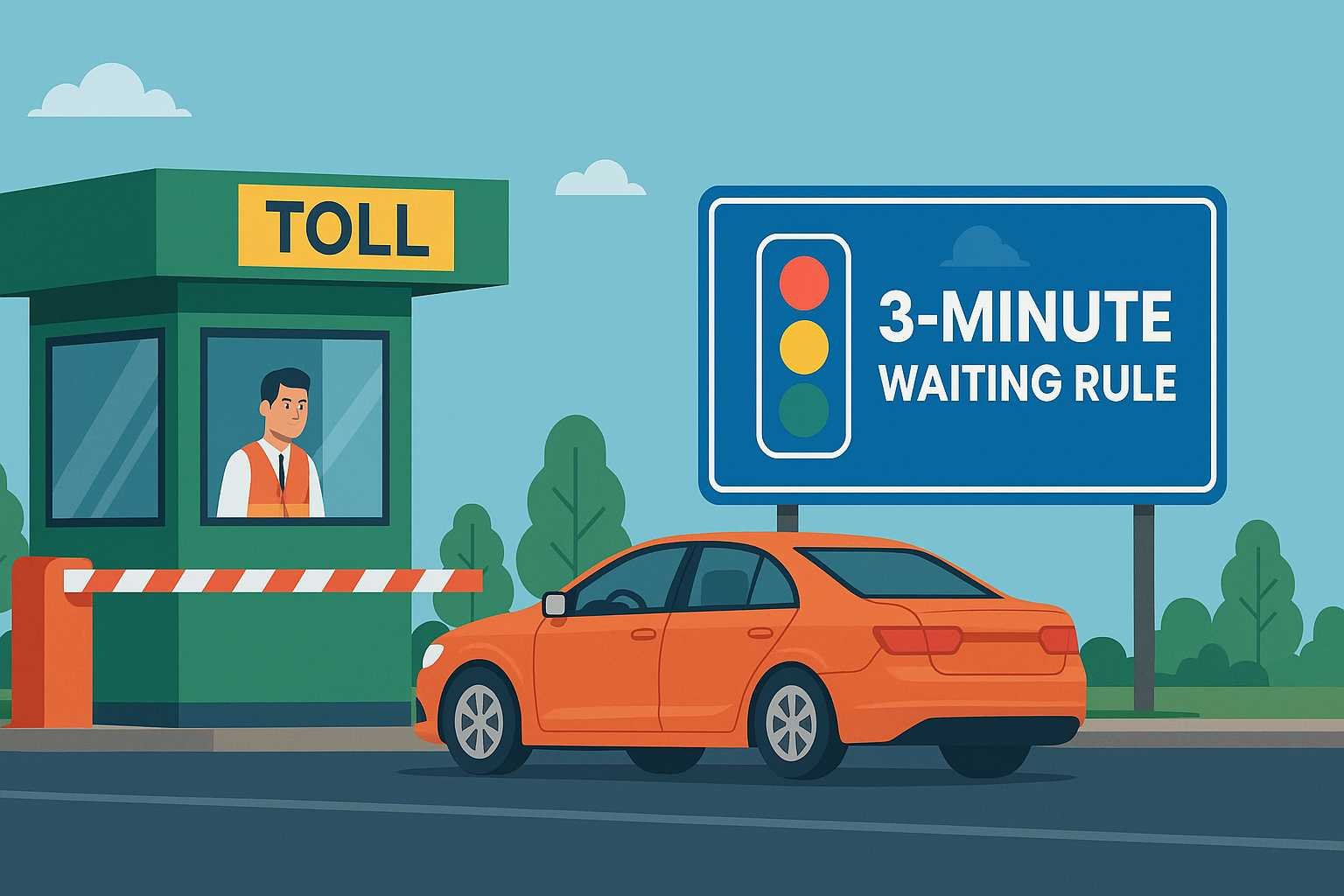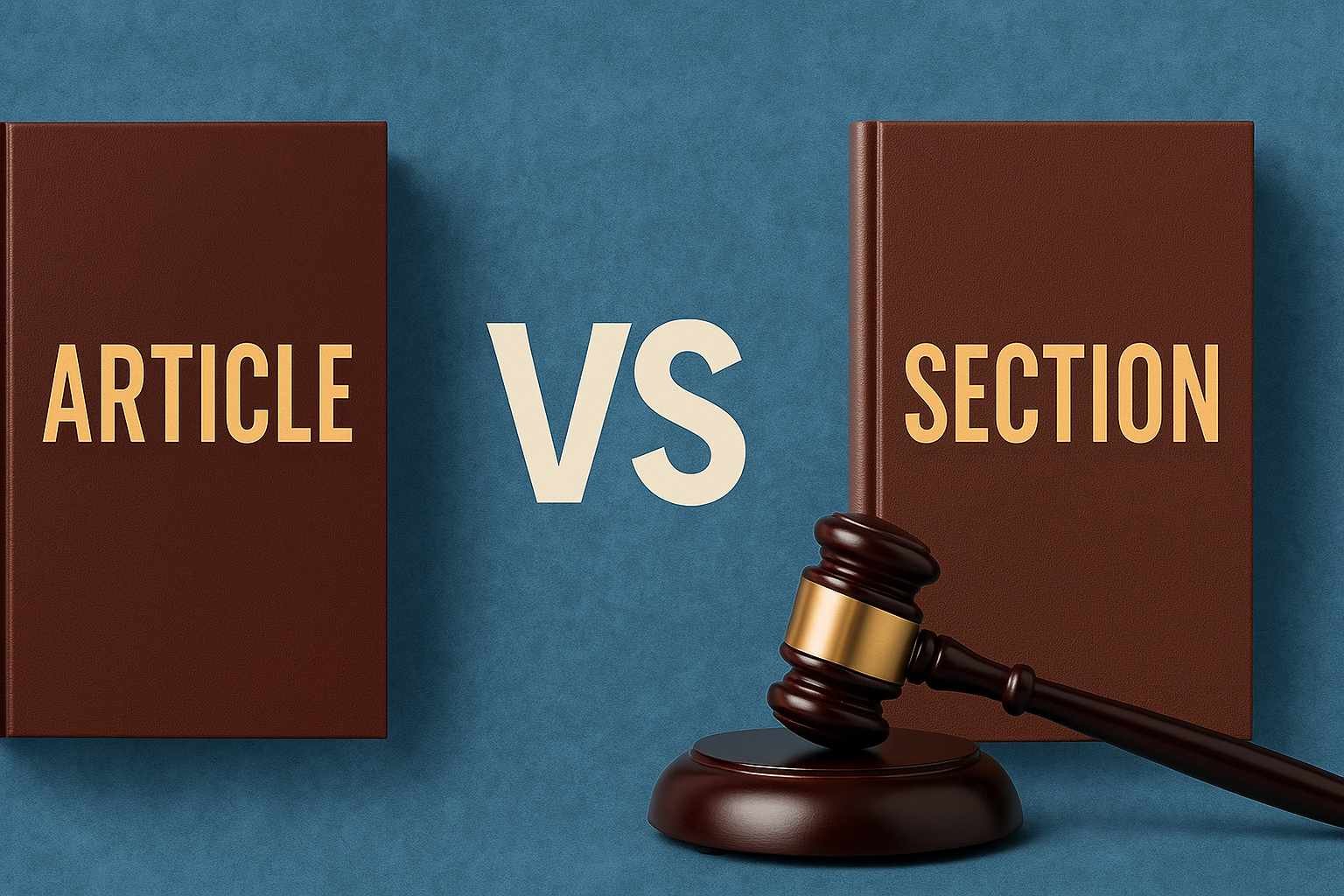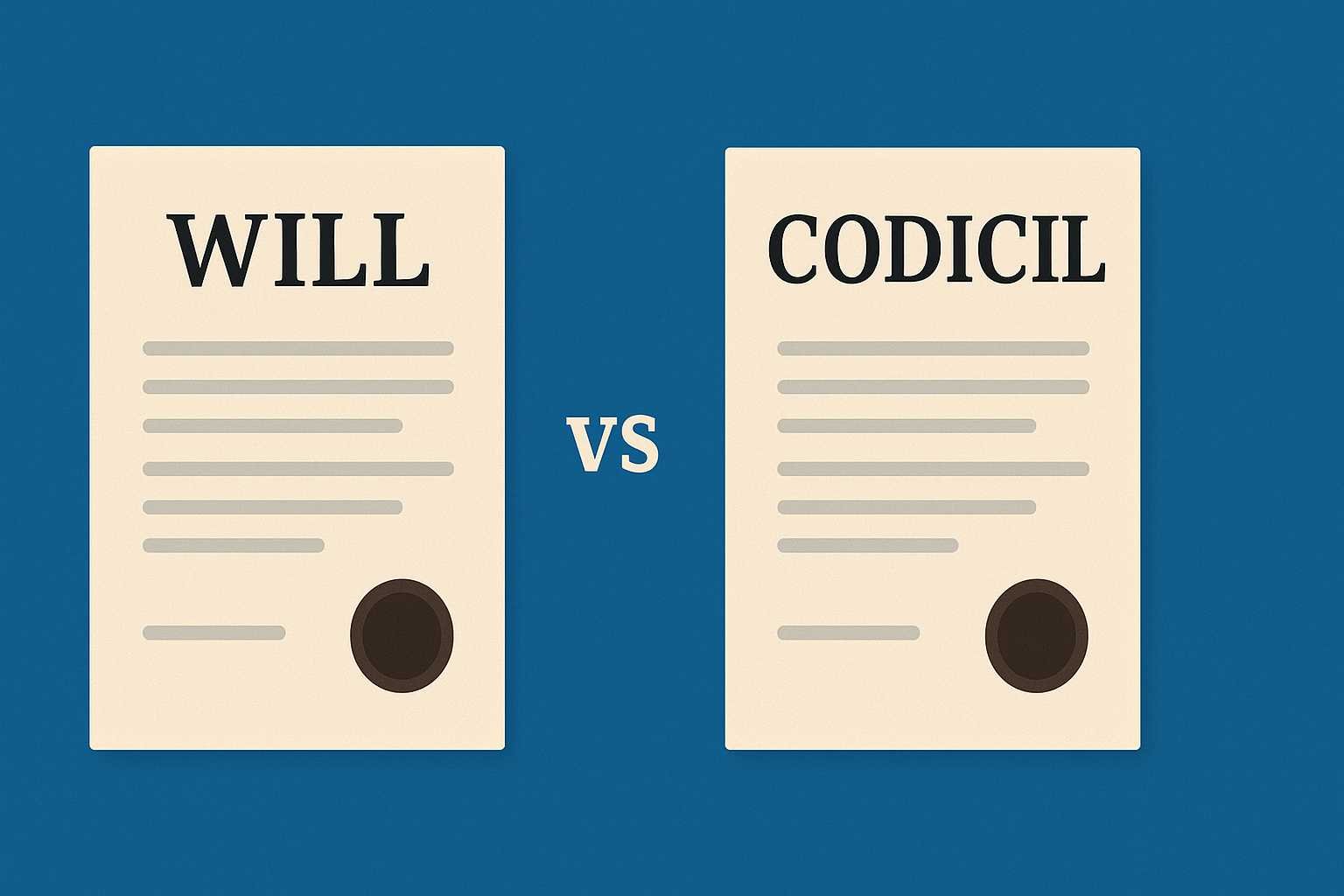On this page you will read detailed information about Domestic Violence Act 2005 in India.
Ever wondered what legal rights and protections you have as a woman facing domestic violence in India? The Protection of Women from Domestic Violence Act, 2005 aims to protect women from abuse at the hands of their intimate partners or family members. This groundbreaking law recognizes that domestic violence is not a private matter, but a human rights issue, and provides legal remedies for victims of abuse.
Under this act, domestic violence includes not just physical abuse but also verbal, emotional, sexual and economic abuse. It covers women facing abuse from their husbands as well as from partners in live-in relationships. The law allows women to file for protection orders, custody of children, compensation and residence in a shelter home. It recognizes that women have a right to live free from violence and fear in their own homes.
If you’re facing abuse from your partner or family member, know that you have rights and there are people and organizations ready to help you. This act gives power back to victims of domestic violence and provides legal protection so you can live free from abuse. You don’t have to deal with this alone.
Overview of the Domestic Violence Act 2005

The Domestic Violence Act 2005, also known as the Protection of Women from Domestic Violence Act, was passed in October 2006 to provide protection to women from domestic abuse and violence. It aims to protect women in relationships from physical, sexual, verbal, emotional and economic abuse.
What Does the Act Cover?
The act covers women who are related by blood, marriage or adoption. It includes wives, sisters, mothers, mothers-in-law etc. The act also covers women in live-in relationships, dating relationships or any other relationships of a domestic nature. It provides protection from actual abuse or threats of abuse, whether physical, sexual, verbal, emotional or economic.
Some of the protections offered under the act include:
- Protection orders: Includes protection from abuse, rights to the residence, custody orders, and compensation orders.
- Residence orders: Allow women to remain in the home and restrict the abuser from entering the residence.
- Custody orders: Provides temporary custody of children to the woman.
- Compensation orders: Requires the abuser to pay for expenses incurred due to the violence such as medical bills.
Procedure for Obtaining Protection
To obtain protection under the act, an aggrieved woman can file an application in the court of the magistrate seeking any of the protection orders. The court will schedule a hearing within 3 days and pass an interim order. The final order will be passed within 60 days. The court can also pass ex parte orders (without notice to the abuser) in cases of urgency.
This act is a welcome legislation that provides much needed civil remedies and protection to women facing domestic violence in India. By providing legal rights and remedies, it aims to curb the menace of domestic violence against women. However, much work still remains to be done to fully implement the act and make women aware of their rights and the protections available to them.
Definition of Domestic Violence Under the Act
The Domestic Violence Act, 2005 aims to protect women from domestic violence of any kind. The Act provides a broad definition of domestic violence to encompass actual abuse or threats of abuse, whether physical, sexual, verbal, emotional or economic.
Physical abuse
Physical abuse includes acts that cause bodily pain, harm, or danger to life, limb, or health. Some examples are beating, slapping, hitting, pinching, choking, confinement, etc. Even a single act of violence may constitute domestic violence under the Act.
Sexual abuse
Forcing a woman to engage in sexual acts against her will, including intercourse, also amounts to domestic violence. Marital rape is considered an offence under this Act.
Verbal and emotional abuse
Verbal and emotional abuse involves insult, ridicule, humiliation, name calling, insults or threats to cause physical pain to any person in whom the aggrieved person is interested. Repeatedly degrading a woman and undermining her self-esteem and confidence also qualifies as emotional abuse.
In the previous post, we had shared information about An Overview Of The Hindu Minority And Guardianship Act, 1956, so read that post also.
Economic abuse
Economic abuse includes depriving a woman of economic or financial resources to which she is entitled under any law or custom whether payable under an order of a court or otherwise. Some examples are not providing money for household expenses, not returning valuables like jewellery and other gifts, or forcefully taking away a woman’s earnings.
The Domestic Violence Act recognizes that abuse can take many forms, so the definition of domestic violence is intentionally broad. Any act that harms, injures, or endangers the health, safety, life, limb or well-being of a woman or tends to do so and includes causing physical abuse, sexual abuse, verbal and emotional abuse and economic abuse constitutes domestic violence under the Act.
Who Can File a Complaint Under the Act?
The Domestic Violence Act of 2005 provides protection to women from domestic violence. But who exactly can file a complaint under this Act? The short answer is that any woman who is facing domestic violence can file a complaint.
The Aggrieved Woman
An aggrieved woman, which includes the wife or live-in partner of the perpetrator, can file a complaint under the Act. A woman who has been in a domestic relationship with a man, whether or not she is still in that relationship, can also file a complaint. This means that even if you have separated from your spouse or partner, you can still seek protection and remedies under the Act for any incident of domestic violence that occurred during the relationship.
Relatives and Others
Not just the aggrieved woman herself. Relatives of the aggrieved woman or any other person who has knowledge of the incident of domestic violence can also file a complaint on her behalf. This could include her parents, siblings, children, social workers, healthcare providers, or NGOs acting on her behalf. The complaint can be filed with the police, the magistrate, or the Protection Officer.
Children and In-laws
Interestingly, the Act also allows children and in-laws to file a complaint against an adult male perpetrator. So, for example, if a woman’s son or daughter witnesses domestic violence against her, they can file a complaint against their father. The woman’s in-laws, including her mother-in-law or sister-in-law, can also file a complaint against her husband or their son. However, a complaint by others will only be considered if the aggrieved woman consents to it.
In summary, the Act aims to provide the widest possible protection against domestic violence. Any woman facing abuse in a domestic relationship, as well as her close ones who have knowledge of such abuse, can file a complaint under the Act and avail remedies to stop further violence. The main goal is to prevent violence against women in the place they should feel the safest—their own homes.
Reliefs Available to the Complainant
The Domestic Violence Act of 2005 provides several reliefs and remedies to the complainant to ensure her safety and protection.
Protection Orders
The court can issue protection orders prohibiting the respondent from committing any act of domestic violence. This can include:
- Prohibiting the respondent from contacting, communicating with, or attempting to contact the aggrieved person.
- Prohibiting the respondent from entering any place frequented by the aggrieved person.
- Prohibiting the respondent from alienating any assets, operating bank lockers or bank accounts used or held jointly by both parties.
Residence Orders
The court may issue orders related to the residence of the aggrieved person. This can include:
- Restraining the respondent from dispossessing or disturbing the possession of the aggrieved person from the shared household.
- Directing the respondent to remove himself from the shared household.
- Restraining the respondent or any of his relatives from entering the area occupied by the aggrieved person.
Monetary Relief
The complainant can seek monetary relief in the form of compensation for injuries (including mental torture and emotional distress), medical expenses, loss of earnings, maintenance, and interim or ex parte orders for granting of maintenance or other expenses connected to violence faced by the complainant.
The Domestic Violence Act aims to provide protection to the wife or female live-in partner from violence at the hands of the husband or male live-in partner or his relatives. Through various reliefs and remedies, the law ensures the safety and security of women from domestic abuse and violence.
Role of Protection Officers and Service Providers
The Protection Officers and Service Providers play an important role under the Domestic Violence Act. Their main responsibility is to assist the aggrieved person in accessing medical facilities, shelter homes, and legal aid.
As a Protection Officer, your duties include:
- Recording the domestic incident report and filing it with the magistrate.
- Ensuring the aggrieved person has access to a medical facility and is provided with medical aid.
- Arranging a safe shelter home for the aggrieved person if they need accommodation.
- Providing information of the aggrieved person’s rights and the services available to them.
- Assisting the aggrieved person in initiating legal proceedings under the Act.
- Forwarding a copy of the domestic incident report to the local police station.
Service Providers refer to voluntary organizations registered under the Act. They work with Protection Officers to carry out various duties such as:
- Providing shelter, medical, and legal aid to the aggrieved person.
- Ensuring the aggrieved person’s rights and entitlements are protected.
- Creating awareness within the community on domestic violence and the provisions of the Act.
- Assisting the aggrieved person in rehabilitation and reintegration into society.
Both Protection Officers and Service Providers play a crucial role in supporting and empowering victims of domestic violence. By providing access to necessary resources and legal aid, they help enforce the protections afforded to women under the Act. Their interventions can help prevent further abuse while allowing the aggrieved person to gain independence and rebuild their lives. By working with local communities, they also help spread awareness about domestic violence and available legal remedies.
Overall, Protection Officers and Service Providers serve as a lifeline for victims of domestic abuse. With their assistance, more women can find safety, justice and freedom from violence.
Powers of Magistrates Under the Act
The Protection of Women from Domestic Violence Act, 2005 empowers magistrates to provide relief and protection to victims of domestic violence. Under this Act, magistrates have been given certain powers to:
- Issue protection orders: Magistrates can pass protection orders to prevent the respondent (perpetrator) from committing acts of domestic violence. These orders can restrain the respondent from contacting, communicating with, or harassing the aggrieved person.
- Issue residence orders: Magistrates are authorized to pass residence orders to provide accommodation to the victim. The respondent can be directed to remove himself/herself from the shared residence, allowing the victim to stay in the residence. The respondent can also be restrained from alienating or disposing of the shared residence.
- Impose monetary relief: Magistrates can pass orders directing the respondent to pay monetary relief to the victim to meet expenses incurred and losses suffered as a result of domestic violence. This includes loss of earnings, medical expenses, loss or damage to property, etc.
- Appoint protection officers: Magistrates have the power to appoint protection officers to assist the court in implementing the orders passed under the Act and to provide protection to the victim. These officers help in reporting acts of domestic violence to the magistrate and facilitating the victim’s access to medical aid, shelter homes, and legal aid.
- Issue interim and ex parte orders: Magistrates are empowered to pass interim orders pending inquiry and can also pass ex parte orders when the respondent fails to appear before the magistrate after receiving notice. These orders cease to operate once the respondent appears before the magistrate.
- Issue counselling orders: Magistrates can refer the victim as well as the respondent for counselling to enable them to deal with the effects of domestic violence. Counselling aims at reconciliation and settlement of disputes between parties.
By exercising these powers, magistrates play an important role in providing relief and protection to victims of domestic violence. The powers given to magistrates have made the implementation of the Domestic Violence Act effective in addressing issues related to domestic violence.
Punishment for Breach of Protection Order
If someone violates a protection order issued under the Domestic Violence Act, it is considered a punishable offense. Some key points to know:
Penalties
If the perpetrator breaches the protection order, they can face both civil and criminal penalties. On the civil side, the court may issue a warrant to arrest the perpetrator, hold them in custody until the next hearing, and impose a fine. The court can also extend the duration of the protection order.
In terms of criminal penalties, a breach of a protection order is a cognizable and non-bailable offense, punishable with imprisonment of up to one year and/or a fine. The perpetrator may also have to pay compensation to the aggrieved woman. Repeated breaches can lead to higher fines and longer prison sentences.
These strict penalties aim to ensure compliance with protection orders and prevent further abuse or violence. Knowing the potential consequences may also deter perpetrators from violating the orders in the first place.
Reporting a Breach
If you face violence or threats of violence from your partner or family member despite an active protection order, report it to the police immediately. You should also report it in writing to the court that issued the protection order, providing details of the incident(s) along with any evidence. The court may then issue a warrant for the perpetrator’s arrest.
In some cases, the woman may not feel safe reporting the breach to the local police directly. She can instead approach a Protection Officer, who can forward her complaint to the police on her behalf and ensure appropriate action is taken. Women’s rights organizations can also help report breaches of protection orders while maintaining the woman’s confidentiality.
Reporting each and every breach creates an official record of the perpetrator’s violence and violation of court orders. This can strengthen the woman’s case and help ensure an effective legal remedy, whether in the form of extended protection, higher penalties or even divorce and custody proceedings. The key is to not stay silent in the face of threats or violence. Speak up and get help. You deserve to feel safe.
Criticisms and Shortcomings of the Act
The Domestic Violence Act of 2005 was a landmark law aimed at protecting women from abuse at home. However, it has faced criticism on several fronts:
Lack of proper implementation
Although the Act provides legal provisions against domestic violence, lack of proper implementation has limited its effectiveness. Police and judicial systems often fail to enforce the law due to deeply entrenched patriarchal mindsets and lack of sensitivity towards issues of domestic abuse.
Narrow definition of domestic violence
The Act recognizes domestic violence as actual abuse or threats of abuse, but fails to acknowledge other forms of violence like emotional and economic abuse. It does not provide protection against marital rape either. This narrow scope leaves many women unprotected.
Emphasis on reconciliation
The Act focuses on reconciliation and keeping the family together rather than punishment. While counseling and mediation can be helpful in some cases, they are often not suitable or safe options, especially in cases of severe abuse. The reconciliation approach can pressure women into staying in abusive relationships.
Issues with protection officers
Protection officers, appointed to assist victims of domestic violence, often lack proper training and sensitization. They may discourage women from pursuing legal action and instead push for reconciliation, failing to understand the gravity of the abuse. Their judgments are also often colored by personal biases.
Dependence on natal family
The Act relies on women’s natal families to provide them shelter and assistance when escaping abusive relationships. However, not all women have supportive families, or families that live close by. The Act would benefit from provisions for government-supported shelters and rehabilitation programs.
While the Domestic Violence Act was a significant first step, much work remains to make it more comprehensive and effectively enforceable. Amending the law to address these criticisms can help in providing real protection and justice to victims of domestic abuse.
Frequently Asked Questions About the Domestic Violence Act 2005
The Domestic Violence Act 2005 aims to protect women from domestic abuse in India. Here are some frequently asked questions about this important law:
Domestic violence includes:
1) Physical abuse (hitting, slapping, etc.),
2) Sexual abuse (forced sexual acts),
3) Verbal and emotional abuse (insults, threats, humiliation, intimidation),
4) Economic abuse (restricting financial freedom or access to financial resources)
Any woman who has faced domestic violence from her husband or male partner can file a complaint. Women in live-in relationships are also covered. Female relatives like mothers, sisters, widows or divorcees can also file complaints against male relatives.
A woman can get:
i) Protection order: Preventing the abuser from committing further acts of domestic violence.
ii) Residence order: Allowing the woman to continue living in the shared household.
iii) Monetary relief: Compensation for medical expenses, loss of earnings, maintenance, etc.
iv) Custody order: Custody of children to the woman.
1. A woman can file a complaint in a magistrate court for relief or rehabilitation. She can also approach a protection officer, service provider, shelter home or the police.
2. The court may issue interim orders like protection, residence or monetary relief during pendency of the case.
3. The final orders are passed after both parties are heard and evidence is examined.
4. Non-compliance of court orders is punishable with imprisonment of up to one year and/or fine.
5. An appeal against final orders lies before the Court of Session within 30 days.
The Domestic Violence Act 2005 provides much needed civil and criminal remedies for victims of domestic violence in India. I hope this helps clarify some common questions about this law. Let me know if you have any other questions!
Conclusion
So there you have it, the basics of the Domestic Violence Act 2005 in India and how it aims to protect women from abuse at home. While the law is progressive, much work remains to enforce it and change mindsets. But you can do your part. Speak up against domestic violence, report abuse when you witness it, and support organizations helping victims. Together, we can work to make homes havens of peace. Every small act of courage and compassion matters in creating change. You have the power to make a difference in the lives of women facing violence behind closed doors. Use it.
Disclaimer
The information and services on this website are not intended to and shall not be used as legal advice. You should consult a Legal Professional for any legal or solicited advice. While we have good faith and our own independent research to every information listed on the website and do our best to ensure that the data provided is accurate. However, we do not guarantee the information provided is accurate and make no representation or warranty of any kind, express or implied, regarding the accuracy, adequacy, validity, reliability, availability, or completeness of any information on the Site. UNDER NO CIRCUMSTANCES SHALL WE HAVE ANY LIABILITY TO YOU FOR ANY LOSS OR DAMAGE OF ANY KIND INCURRED AS A RESULT OR RELIANCE ON ANY INFORMATION PROVIDED ON THE SITE. YOUR USE OF THE SITE AND YOUR RELIANCE ON ANY INFORMATION ON THE SITE IS SOLELY AT YOUR OWN RISK. Comments on this website are the sole responsibility of their writers so the accuracy, completeness, veracity, honesty, factuality and politeness of comments are not guaranteed.
So friends, today we talked about Domestic Violence Act 2005 in India, hope you liked our post.
If you liked the information about Domestic Violence Act 2005 in India, then definitely share this article with your friends.
Knowing about laws can make you feel super smart ! If you find value in the content you may consider joining our not for profit Legal Community ! You can ask unlimited questions on WhatsApp and get answers. You can DM or send your name & number to 8208309918 on WhatsApp








